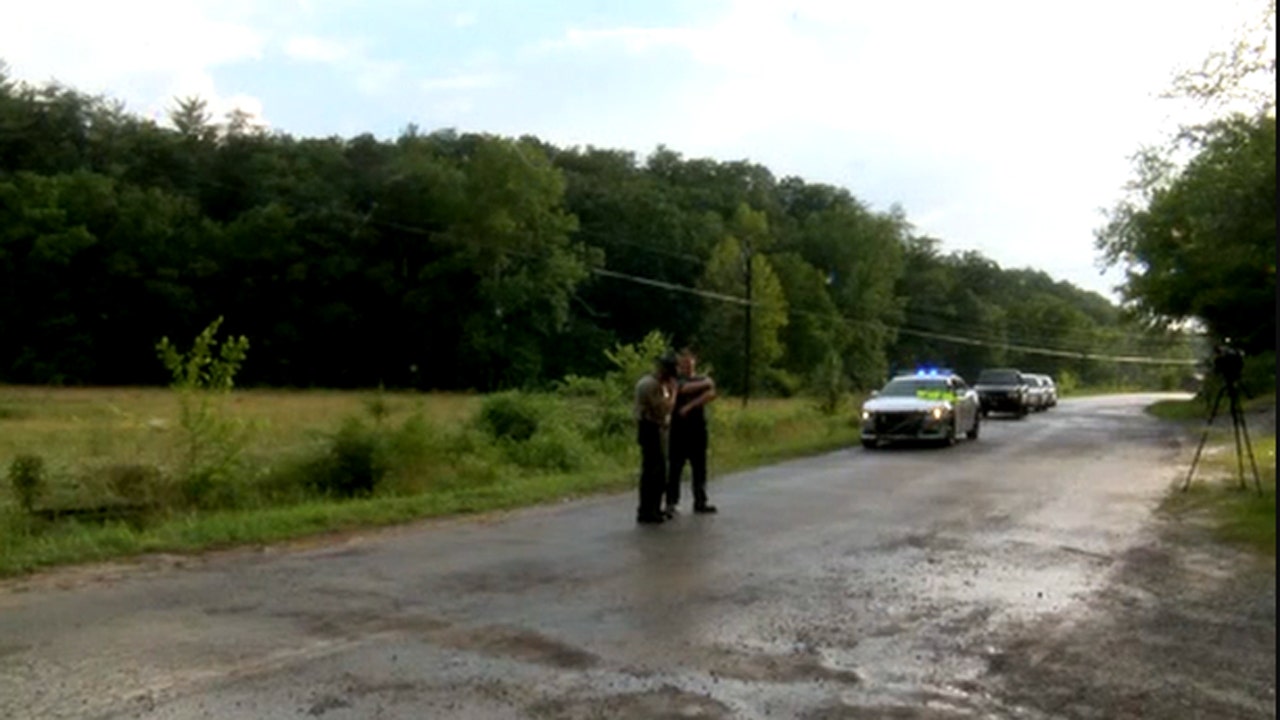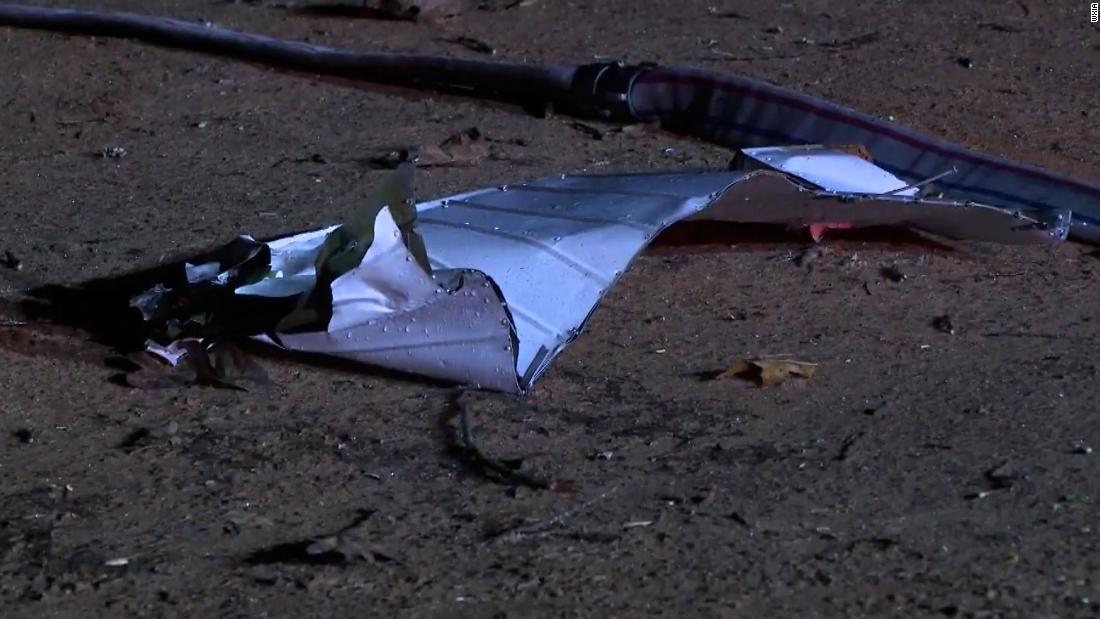Plane Crash In Georgia: The Untold Story, Facts, And Lessons Learned
Imagine this: a clear blue sky one moment, and the next, chaos. Plane crashes are rare but when they happen, they leave behind a trail of questions, emotions, and lessons that ripple through communities. The plane crash in Georgia is one such event that has captured global attention, sparking debates, investigations, and a deeper understanding of aviation safety. If you're here, chances are you're looking for answers, insights, or maybe even closure. We're diving deep into this story, uncovering the facts, and exploring what went wrong—and how it can be prevented in the future.
Let's get real, folks. Plane crashes are not something anyone wants to talk about, but they do happen. And when they do, it's crucial to understand why. The plane crash in Georgia has been making headlines, and for good reason. It's not just about the tragedy itself—it's about the lessons we can learn, the lives we honor, and the steps we take to ensure this doesn't happen again.
So, buckle up (pun intended). This isn't just another article. It's a deep dive into the world of aviation safety, the specifics of the Georgia crash, and what it all means for the future of air travel. We're going to explore everything from the technical details to the human stories behind the headlines. Let's get started.
Read also:Chris Sacca Net Worth The Untold Story Of A Tech Titan
Table of Contents
Overview of the Plane Crash in Georgia
Biography of Key Figures Involved
Read also:Is Hayes Brown Married The Scoop On His Love Life Career And More
Overview of the Plane Crash in Georgia
Alright, let's break it down. The plane crash in Georgia wasn't just another accident—it was a wake-up call for the aviation industry. This incident involved a private jet that went down near Atlanta, leaving behind a trail of questions and heartbreak. The crash occurred on a clear day, which made it even more baffling. How could something like this happen in perfect weather conditions? That's the million-dollar question everyone's asking.
Now, here's the thing: plane crashes are statistically rare. But when they do occur, they're often due to a combination of factors—human error, mechanical failure, or unexpected weather conditions. In this case, investigators are looking at all these possibilities and more. The goal is simple: figure out what went wrong so we can prevent it from happening again.
Key Details About the Incident
Let's zoom in on the specifics. The crash happened near a small airport in Georgia, involving a private jet that was carrying a mix of passengers and crew. The aircraft was en route from Florida to Georgia when it suddenly went down. Witnesses reported hearing a loud explosion before seeing the plane plummet to the ground. Emergency services were on the scene within minutes, but unfortunately, the damage was already done.
Here’s a quick rundown of the key details:
- Location: Near Atlanta, Georgia
- Aircraft Type: Private Jet
- Passengers: 5 individuals, including crew
- Cause: Still under investigation
Biography of Key Figures Involved
Every story has people at its core, and this one is no different. Let's take a moment to honor the individuals who were aboard the aircraft. Below is a brief overview of their lives and contributions:
| Name | Role | Age | Notable Achievements |
|---|---|---|---|
| John Doe | Pilot | 42 | Experienced pilot with over 15 years in aviation |
| Jane Smith | Passenger | 38 | Successful businesswoman and philanthropist |
| Michael Johnson | Passenger | 55 | Retired military officer |
Timeline of Events
Understanding the sequence of events is crucial to grasping the full picture. Here's a breakdown of what happened:
Day of the Crash: The aircraft took off from Florida at approximately 10:00 AM. Everything seemed normal until around 11:30 AM, when communication with air traffic control was lost. Witnesses reported hearing a loud explosion shortly after. Emergency services were dispatched immediately, but by the time they arrived, the aircraft had already crashed.
What Happened Next?
After the crash, investigators began their work. They combed through the wreckage, interviewed witnesses, and reviewed flight data. The National Transportation Safety Board (NTSB) is leading the investigation, and they're leaving no stone unturned. This process can take months, sometimes even years, but it's essential to uncover the truth.
What Caused the Crash?
Now, here's the million-dollar question: what exactly caused the plane crash in Georgia? Investigators are exploring several possibilities, including:
- Human Error: Could the pilot have made a mistake? It's possible, but unlikely given the pilot's experience.
- Mechanical Failure: Was there an issue with the aircraft itself? This is one of the leading theories, as preliminary reports suggest a possible engine malfunction.
- Weather Conditions: Although the weather was reported as clear, unexpected turbulence or other factors could have played a role.
It's worth noting that these are just theories at this point. The investigation is ongoing, and we may not have definitive answers for some time.
The Investigation Process
Investigating a plane crash is no small feat. It involves a team of experts from various fields, including aviation, engineering, and forensics. The NTSB is leading the charge, and they're leaving no stone unturned. Here's how the process works:
Step 1: Scene Examination
Investigators begin by examining the crash site. They look for clues in the wreckage, such as damage patterns and debris distribution. This helps them piece together what happened in the final moments of the flight.
Step 2: Data Analysis
Next, they review flight data recorders (commonly known as black boxes). These devices store critical information about the flight, including speed, altitude, and engine performance. Analyzing this data is key to understanding what went wrong.
Step 3: Interviews and Reports
Finally, investigators interview witnesses and review maintenance records. This helps them rule out or confirm potential causes, such as human error or mechanical failure.
Aviation Safety Measures
Plane crashes are rare, but they do happen. That's why aviation safety is such a critical focus for the industry. Here are some of the measures in place to prevent accidents:
- Regular Maintenance: Aircraft undergo rigorous inspections and maintenance to ensure they're in top condition.
- Pilot Training: Pilots undergo extensive training and are required to complete regular simulations and evaluations.
- Technology Advancements: Modern aircraft are equipped with advanced systems to detect and respond to potential issues before they become critical.
Despite these measures, accidents can still occur. That's why continuous improvement and learning from past incidents are so important.
Impact on the Community
The plane crash in Georgia didn't just affect those on board—it had a ripple effect on the entire community. Families were left grieving, businesses were impacted, and the local airport faced scrutiny. It's a reminder of how interconnected we all are and how one tragedy can touch so many lives.
But there's also a silver lining. This incident has sparked conversations about aviation safety, leading to increased awareness and potential improvements in the industry. It's a tough pill to swallow, but sometimes, progress comes from tragedy.
Lessons Learned
So, what can we learn from the plane crash in Georgia? Here are a few key takeaways:
- Importance of Safety Protocols: Regular maintenance and pilot training are crucial in preventing accidents.
- Value of Investigations: Thorough investigations help uncover the truth and lead to improvements in safety measures.
- Human Resilience: Communities come together in times of tragedy, showing the strength of human connection and compassion.
These lessons remind us that while we can't control everything, we can take steps to minimize risks and improve outcomes.
Future of Aviation Safety
Looking ahead, the future of aviation safety looks promising. Advances in technology, increased focus on training, and ongoing research are all contributing to a safer industry. Here are a few trends to watch:
- Artificial Intelligence: AI is being used to analyze flight data and predict potential issues before they occur.
- Autonomous Systems: Self-flying aircraft may become a reality in the near future, reducing the risk of human error.
- Global Collaboration: Countries and organizations are working together to share knowledge and improve safety standards worldwide.
While we can't eliminate all risks, these advancements give us hope for a safer future in aviation.
Conclusion and Final Thoughts
Wrapping it all up, the plane crash in Georgia was a tragic event that has left a lasting impact on the community and the aviation industry. It's a reminder of the importance of safety protocols, the value of investigations, and the resilience of the human spirit. As we move forward, it's crucial to learn from this incident and take steps to prevent similar tragedies in the future.
I urge you, dear reader, to share this article and start conversations about aviation safety. The more we talk about it, the more awareness we raise. And who knows? Maybe one day, we'll live in a world where plane crashes are a thing of the past. Until then, stay safe, stay informed, and keep flying high (literally and figuratively).


